Preface: When I initially had the idea to write a field guide of sorts on the caveats of discovering a car that is the bee’s knees, I thought a deep dive in the Internet could quickly be helpful for those out in the field. But the truth is that, even within the best websites, it’s difficult to find what you need without trial and error, which is time-consuming. In addition, the fact that factory documents don’t always agree with each other makes it even more difficult. Conclusion: read on!
When it comes to a car auction, you want to be prepared for the cars that interest you. But what happens when you stumble upon a car that piques your interest and you want to bid on it while knowing nothing about it?
When you see an auction on TV, the camera always makes things look better than what they may be. Having your eyes on a vehicle in person allows you to see the issues a car may have, yet your eyes are of no help if you are unfamiliar with a particular vehicle.
As long as your sobriety is guiding you, you need to think fast and figure out how to evaluate a vehicle. No, we’re not talking about whether the air cleaner is the correct unit or painted properly — that’s something that requires more experience or the assistance of an expert. With time running out before the vehicle goes on the block, what can you do?
Here’s some suggestions — a bit of structure to keep you focused and recommended pages to look up on your smartphone.
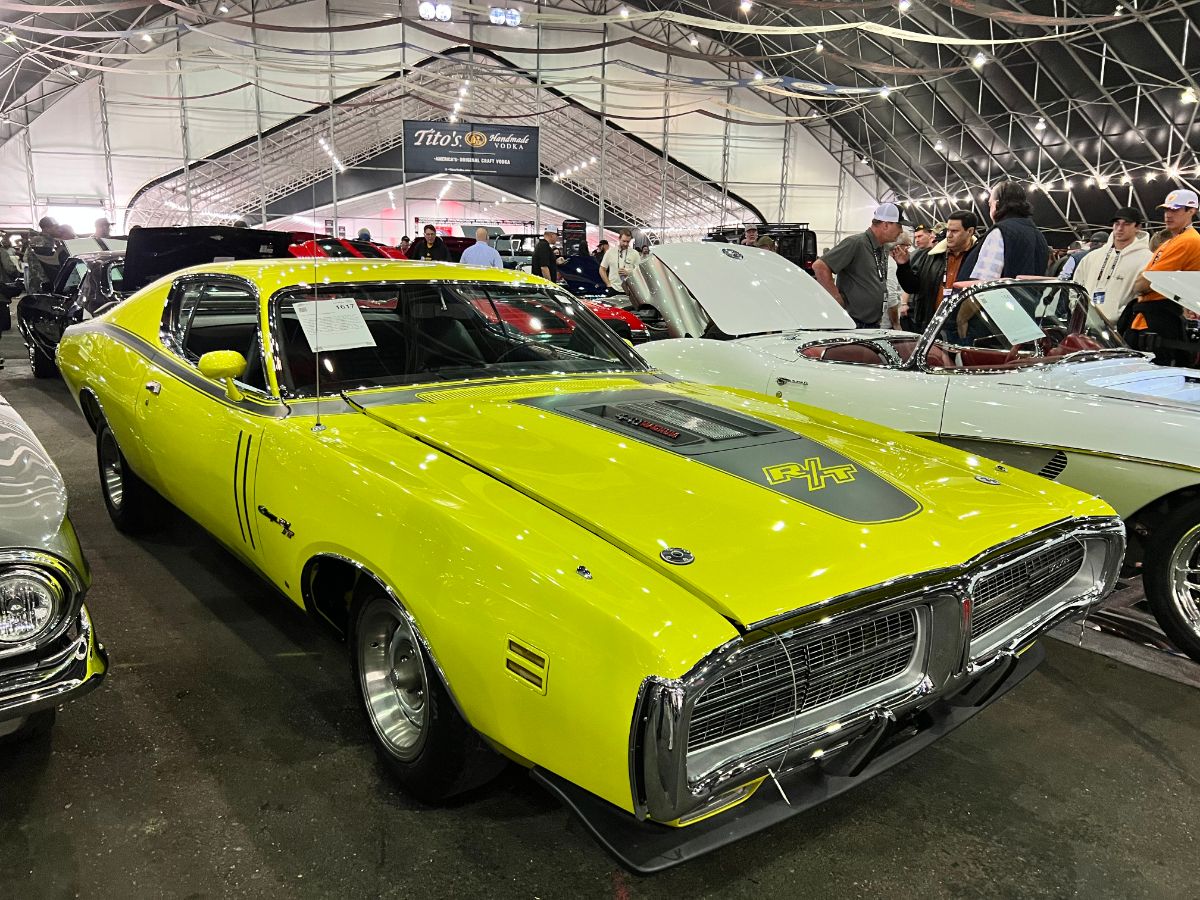
This is a 1971 Dodge Charger R/T. It looks sleeker than the 1968-70 Charger, and it looks wild thanks to its “High Impact” Citroen Yella (GY3) paint. This Mopar has curb appeal in spades for anyone passing by. Assuming you’re a seasoned car guy or gal, you can check body panel fit, paint and so forth on your own. Knowing whether it is legit may be beyond your acumen, but you have help.
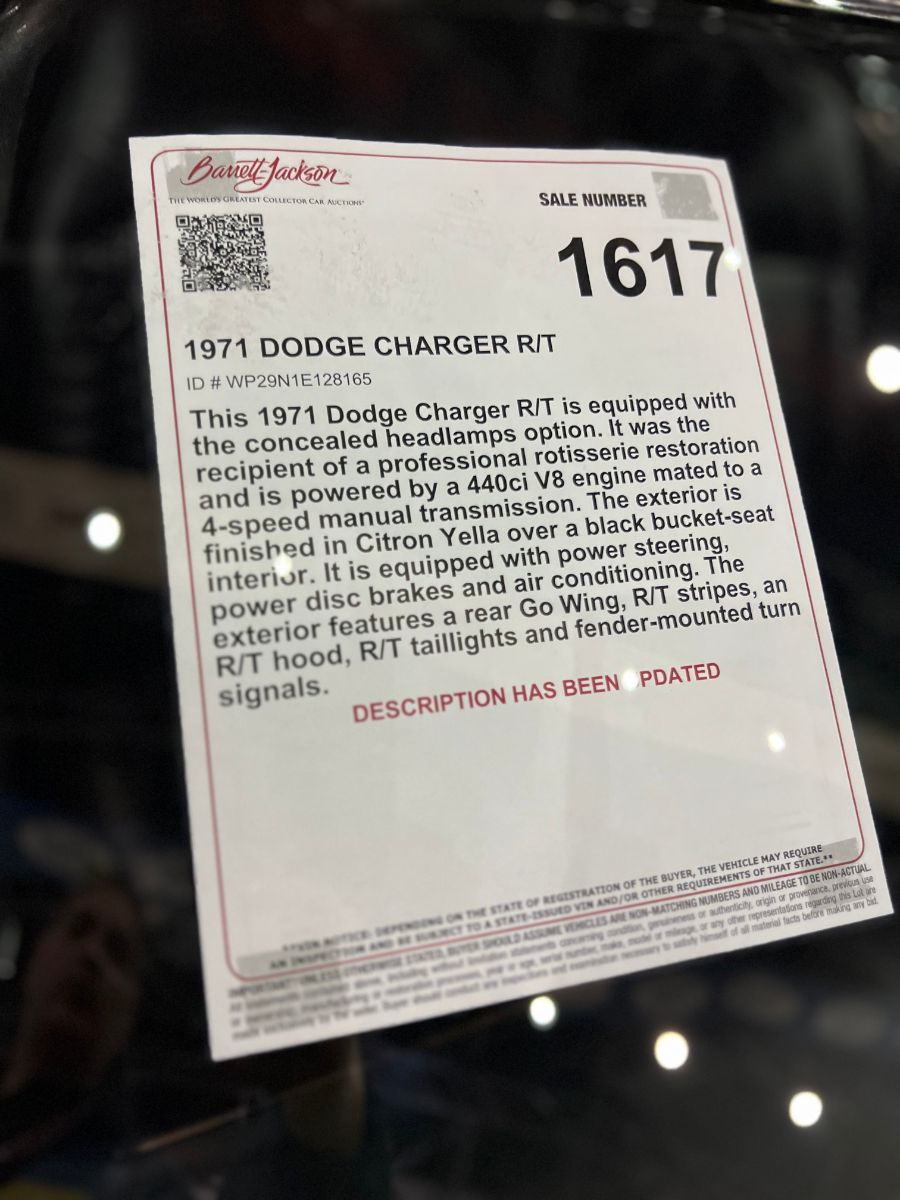
If you’re not strong on Mopars, it’s good to bookmark www.hamtramck-historical.com. Go to the Library section and you’ll have access to original dealer literature, much of it tools for sales staff. It’s a good reference when going over this Charger, but first we must verify the VIN that’s listed in the auction description. After some trial and error, we can find Charger VINs in the Fleet data book. What does the Charger’s VIN say? WP29 is a 383-powered Charger SE. That doesn’t sound like WS23 for an R/T, does it?

If you look at the Charger section of the 1971 Dodge data book, you can confirm the R/T came standard with a 440 four-barrel, which is what this car now has. The more you peruse the site, the more you can learn what equipment distinguished the base Charger, Charger 500, Charger Super Bee, Charger R/T and Charger SE. Note the hidden headlights, standard on the SE but available on the R/T.
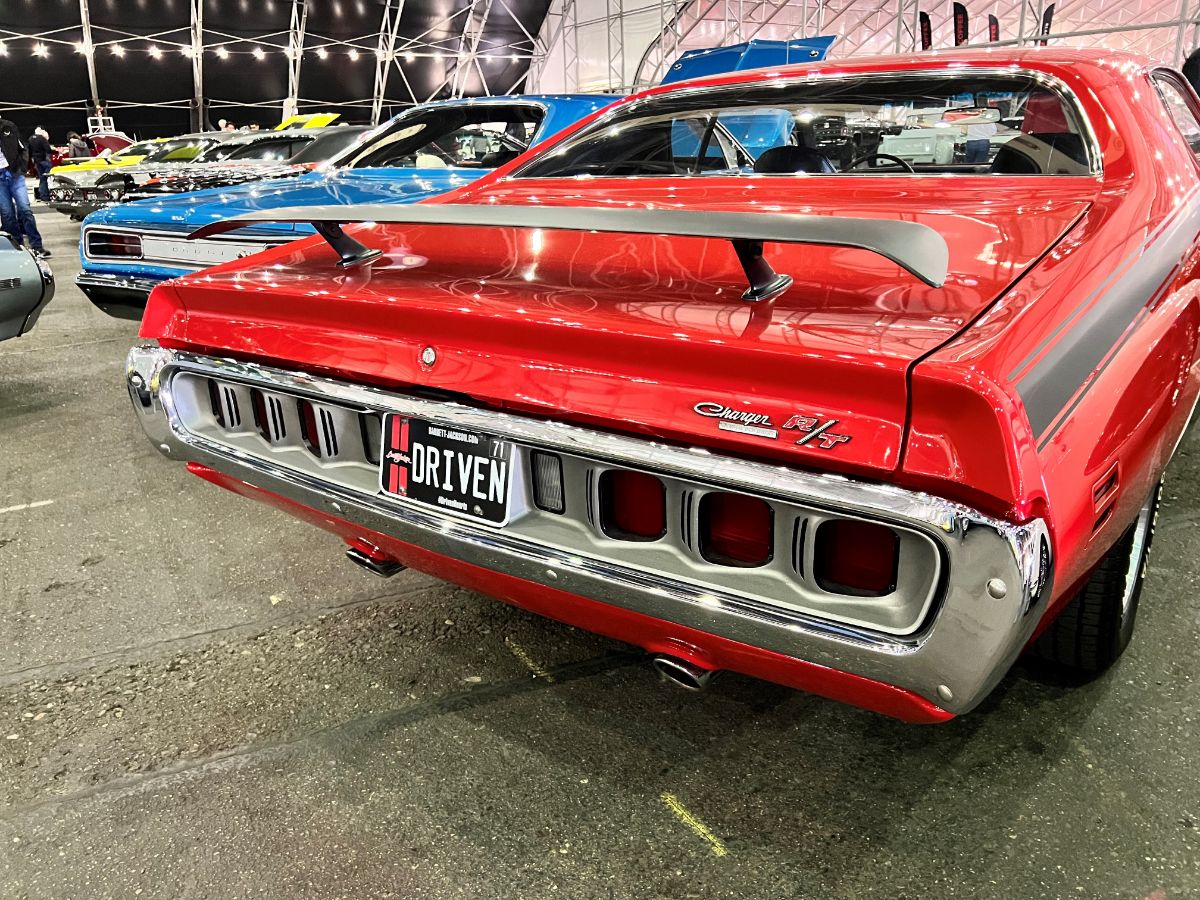
Two different taillights were available depending on the model, with this yellow car having the wrong taillights for an R/T, which should be louvered. Visiting the page that shows what’s new for 1971 says the 1971 Charger R/T had a standard louvered hood, taillights and doors (the latter simulated). What hood does this R/T have?
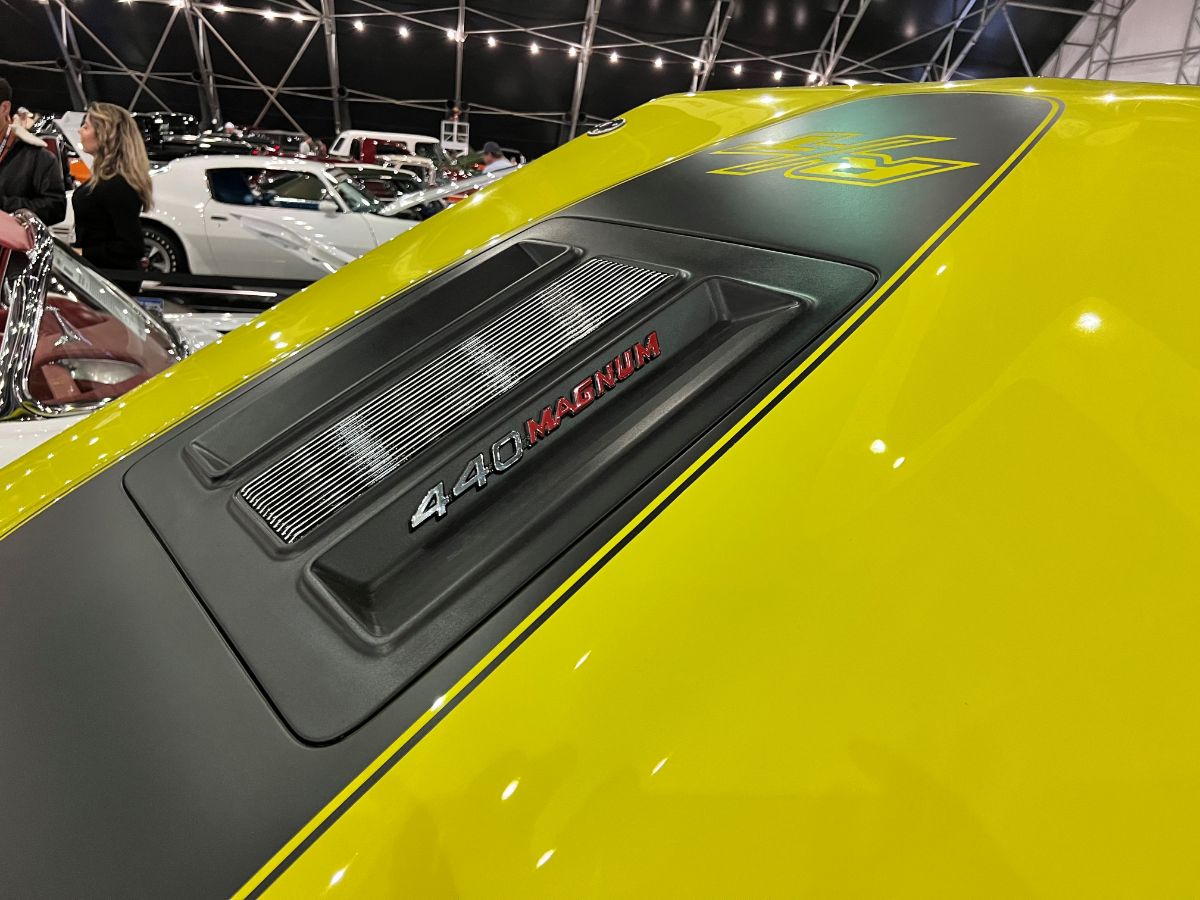
No, it doesn’t look louvered. The only other hood available on an R/T was the Ramcharger with ram air, so what’s this one? Per the description of “what’s new for 1971,” the Super Bee has a “performance hood with simulated valve covers.”


And the doors? R/Ts featured “simulated door louvers with black tape in depressions,” but look at this car — someone simply installed the tape on a door without the depressions. What does that leave us with? A Charger SE posing as an R/T with a Super Bee hood, the wrong taillights and the wrong doors. Do you want to overspend on this car without knowing this stuff?
It’s difficult to figure these things out with a limited amount of time. Even while preparing this story, I found a Mopar item that showed the Charger’s VIN to begin with X instead of W, like it was in 1970 and earlier. Clearly this was a pre-production document that was changed by the time 1971 cars were being built in August 1970, but how can you know when you’re out in the field and ferociously trying to learn as much as you can with a limited amount of time?
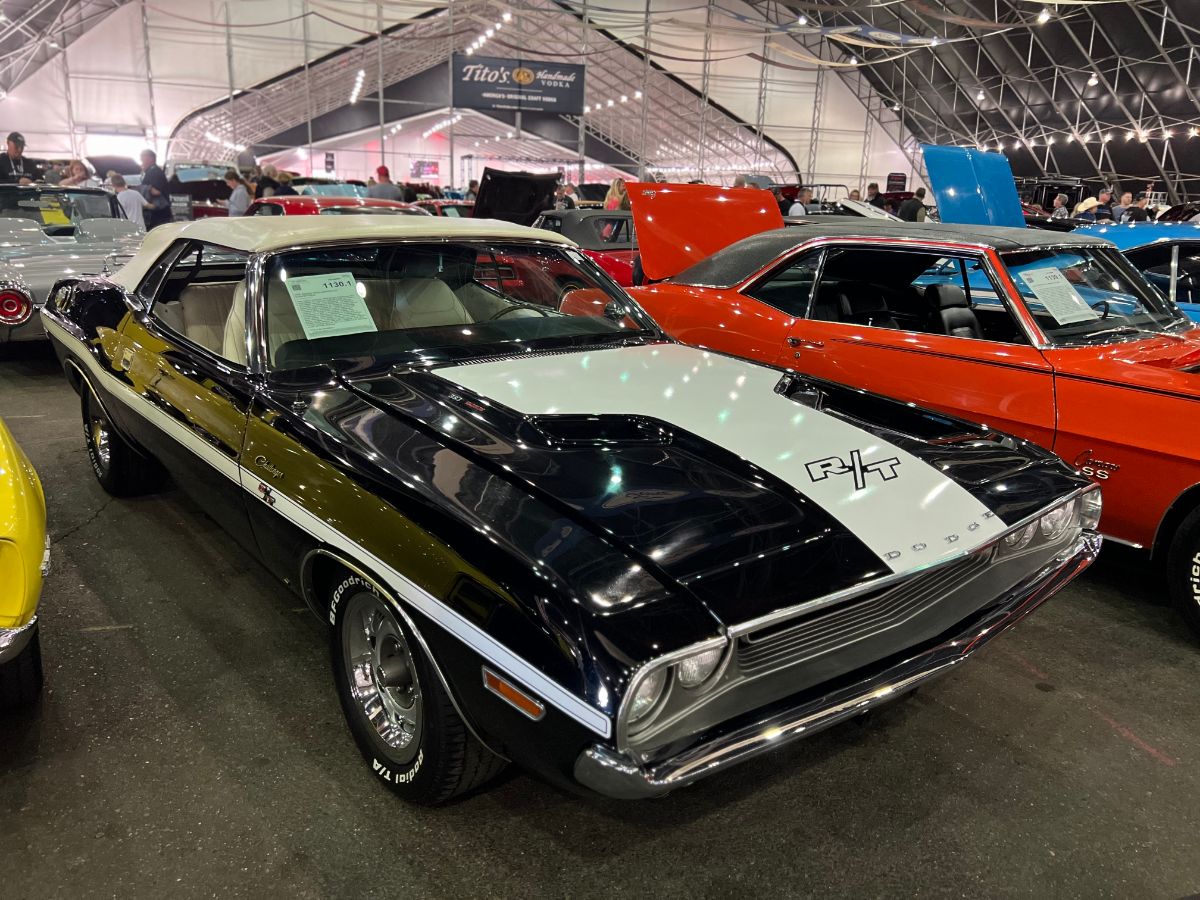
This 1970 Challenger R/T convertible had a similar issue. Checking the VIN on the Fleet data book for 1970 shows the prefix should be JS27. The sign on the windshield shows JH27, which means it’s a regular Challenger convertible and not an R/T. The engine code “L” means it’s originally a 383 two-barrel, which was not available on the R/T. Game over!

There are other things about this car that may or may not be red flags. See the white hood stripe? It’s a 1971 stripe in white, and the stripe was originally only available in black anyway. Plus, the side stripe has the R/T badge in it, which it shouldn’t have. A personalized car? A car restored by someone who didn’t know any better? It can run the gamut, and you can’t allow this to be a litmus test on whether something funky is going on, especially when the VIN alone is telling the tale.
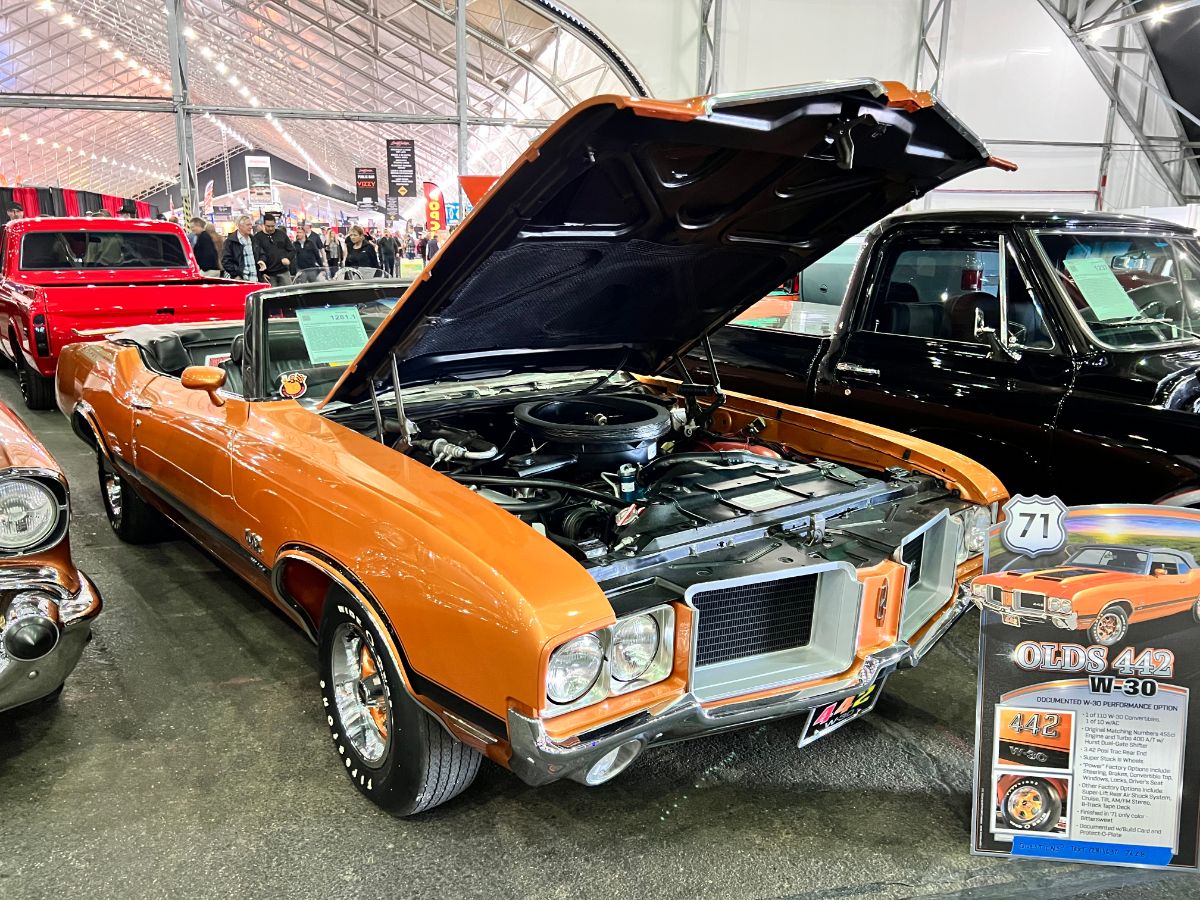
Another thing to consider when scanning the landscape of vehicles is to take claims made about a car with a grain of salt. For example, check out this 1971 Oldsmobile 4-4-2 W30 convertible. It is documented that 110 were built, but the seller is claiming only 10 were built with air conditioning.
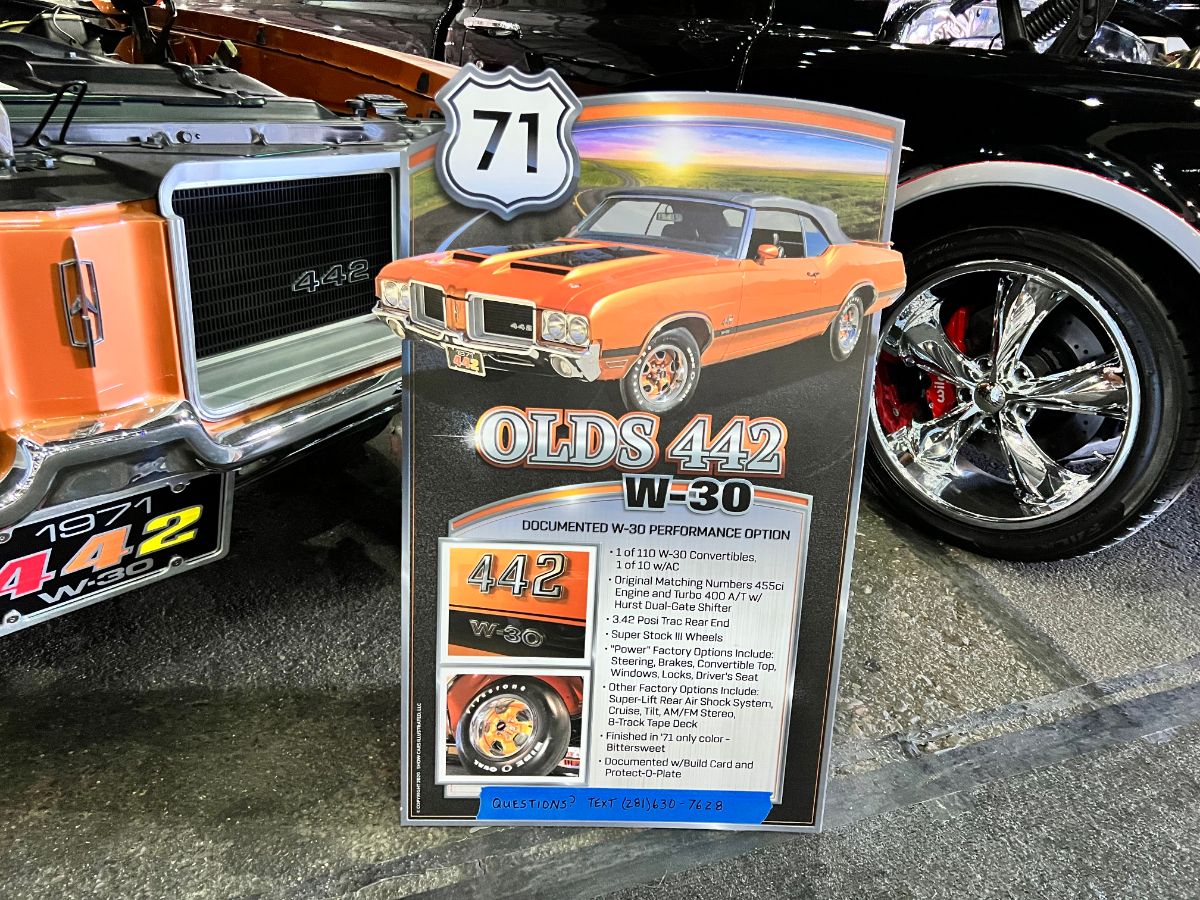
As a former owner of the 1970 version of this car, I’m pretty familiar with the level of information that exists for Oldsmobiles, so I know the 1 of 10 distinction is not documented. Even better, I know the guy who runs the 1971 W30 convertible registry, and he currently has 22 documented vehicles on record. If you are able to find a registry on a particular car, you may be able to find answers to your questions.


Let’s return to Mopars. A 1967 GTX is a great car, a substantial performer that only pales in comparison to the top engines in the era. If you didn’t know any better, you’d think this car presents well but, as luck would have it, it was parked next to another GTX. Compare the two. Notice what’s different? (hint: compare the stripes)
Having an eye to spot these things comes in handy, but experience is the best teacher. Otherwise, a resource like Hamtramck Historical will help you learn how the stripes should be configured.
Lesson to ponder: if you try to learn as much as you can within a few hours, you will be faced with resources that may not present everything about a particular vehicle, or will offer information that doesn’t agree with a similar resource (like the 1971 Charger VINs). Perhaps if you think of it as common stock, then you would never consider buying anything after properly researching it. Why should cars be any different?






Great insight. Thanks for the info!
Deciphering the VIN on a Mopar is one thing, but try that on a Chevy. Without the build sheet, you’ve got your best guess.
…unless you have Canadian docs, which one SS 454 had at the event.